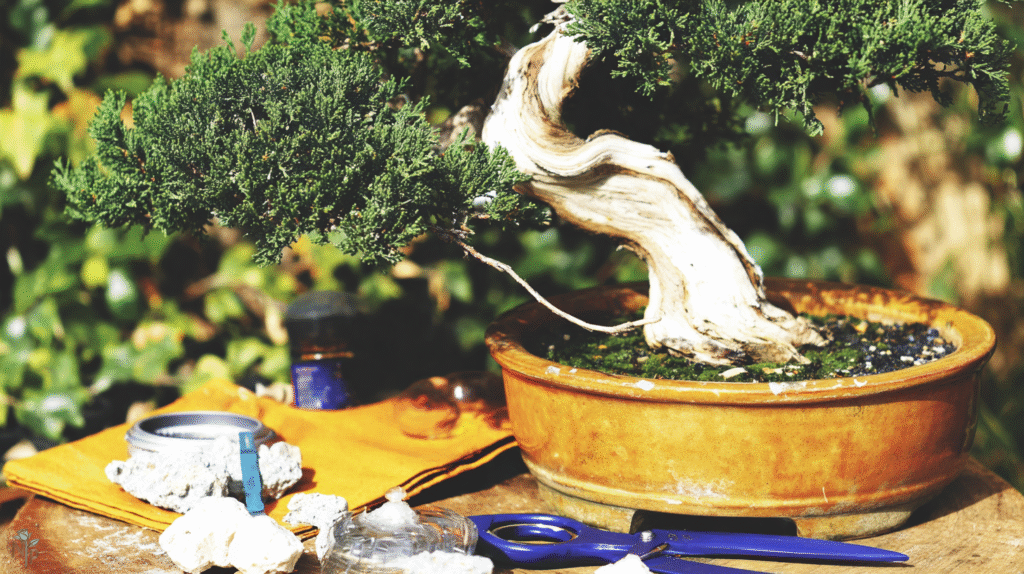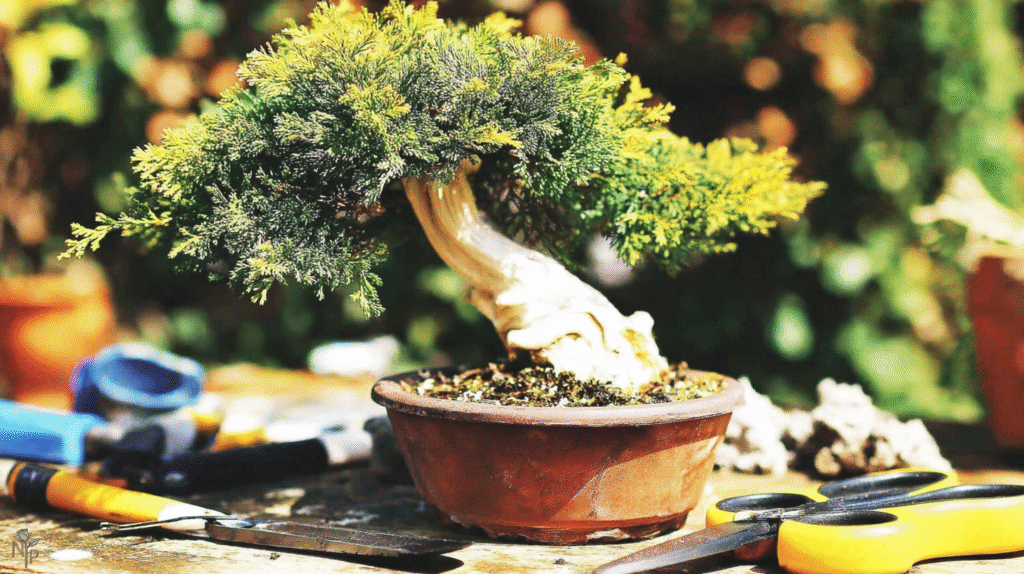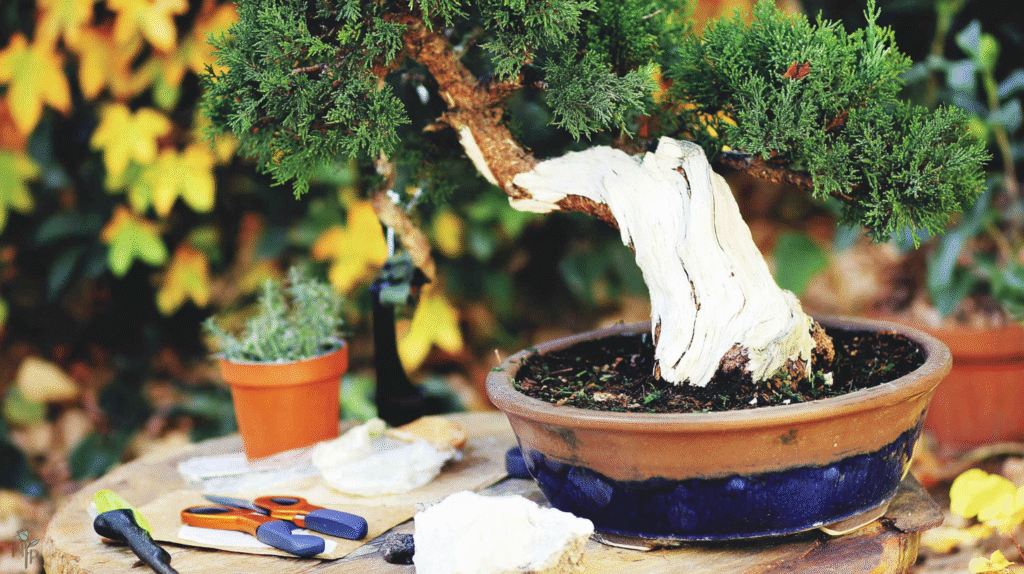My first bonsai cost $45 at a garden center. A “juniper bonsai” the tag said, sitting pretty in its shallow pot with a dramatically curved trunk. I brought it home, put it on my coffee table where everyone could admire it, and watered it every few days like my houseplants.
It was dead in three weeks.
Turns out, that juniper desperately needed to live outside. Who knew? (Spoiler: Everyone except me.) That expensive lesson launched my bonsai education, which mostly consisted of killing trees in increasingly creative ways for the next two years.
Five years and roughly fifteen dead trees later, I now have six thriving bonsai that actually look like those photos that inspired me to start. Here’s everything I wish someone had told me straight-up instead of wrapping it in mystical terminology and ancient wisdom.
The Biggest Lie: Bonsai Are Houseplants
This kills more bonsai than anything else. Here’s the truth that would’ve saved me hundreds of dollars:
Most bonsai are outdoor trees. Period. That juniper, pine, maple, or elm needs to be outside experiencing seasons, temperature changes, rain, and wind. Keeping them indoors is like keeping a husky in a studio apartment — technically possible but cruel and usually fatal.
Indoor bonsai exceptions:
- Ficus (the only truly easy indoor option)
- Chinese elm (tolerates indoors better than most)
- Jade plant (succulent, not traditional bonsai)
- Hawaiian umbrella (Schefflera)
My current success rate: 100% with outdoor bonsai, 50% with indoor. Take the hint. If you have no outdoor space, start with a ficus or accept you’re playing on hard mode.
What Bonsai Actually Means (Hint: Not “Tiny Tree”)
I thought bonsai were special dwarf trees. Nope. “Bonsai” literally means “planted in a container.” Any tree can theoretically become a bonsai. It’s a technique, not a species.
This blew my mind and explained my failures. I was treating them like special magical plants instead of regular trees forced to live in pots. Once I understood they’re just normal trees with haircuts and small homes, everything clicked.
What makes a tree a bonsai:
- Growing in a container
- Pruned to stay small
- Styled to look like mature trees
- Root-pruned periodically
- That’s literally it
No ancient secrets. No mystical energy. Just horticulture with artistic goals.

The Watering Reality Check
“Water when the soil feels dry” nearly killed every bonsai I owned. Bonsai soil drains so fast that “feels dry” happens daily in summer. My trees were chronically dehydrated while I thought I was preventing root rot.
Actual watering needs:
- Summer: Often daily, sometimes twice
- Spring/Fall: Every 2-3 days
- Winter: Weekly or less
- Always depends on weather, not schedule
The chopstick method: Stick a wooden chopstick in the soil. Pull it out. Damp = wait. Dry = water now. This saved my remaining trees.
How to water: Not a gentle sprinkle. Flood the pot until water pours out drainage holes. Wait 5 minutes. Flood again. This ensures all soil gets wet, not just the top layer.
My thriving juniper gets watered twice daily in August. That coffee table juniper that died? I was watering it weekly. See the problem?
Soil: The Foundation of Not Killing Trees
Regular potting soil = death sentence for bonsai. It holds too much water, doesn’t drain fast enough, and compacts into concrete. I learned this after losing three trees to root rot despite careful watering.
Basic bonsai soil components:
- Akadama (clay granules): Holds some water
- Pumice: Drainage and aeration
- Lava rock: More drainage and stability
My basic mix:
- 1/3 akadama
- 1/3 pumice
- 1/3 lava rock
This seems expensive ($30 for a bag of each component), but it’s cheaper than replacing dead trees. One batch lasts years for a small collection.
Budget alternative:
- Turface (clay cat litter)
- Perlite
- Small bark chips
Not ideal but better than potting soil. I used this starting out and it worked okay.
Light Requirements: More Than You Think
Even outdoor bonsai need proper placement. “Full sun” doesn’t mean “anywhere outside.”
My placement education:
- Against south wall in summer = fried trees
- Under dense shade = weak, leggy growth
- Morning sun + afternoon shade = happy trees
- Rotating weekly = even growth
Indoor bonsai need your brightest window. That ficus in my north window? Barely surviving. Moved to south window? Actual growth and health.

The Tools You Actually Need (vs. What They Sell You)
Bonsai tool sets cost $100-500. You know what I used successfully for two years? Kitchen scissors and chopsticks.
Actual essentials:
- Sharp scissors (any kind)
- Chopsticks (for soil work)
- Wire (aluminum, various sizes)
- Watering can with fine nozzle
Nice to have eventually:
- Concave cutters (cleaner cuts)
- Root rake (or fork)
- Proper bonsai scissors
Don’t let tool prices stop you from starting. I killed trees with expensive tools and kept them alive with kitchen scissors. Tools don’t make the artist.
Seasonal Care: The Cycle Nobody Explained
My trees died because I treated them the same year-round. Bonsai need seasonal changes:
Spring: Growth explosion. Time for major work — repotting, heavy pruning, wiring. Feed heavily.
Summer: Survival mode. Water constantly, protect from extreme heat, light pruning only.
Fall: Prep for dormancy. Reduce feeding, let them harden off, enjoy fall colors.
Winter: Dormancy for outdoor trees. Protect from freezing winds but keep cold. Minimal water.
Indoor bonsai don’t get true seasons but still slow down in winter. Adjust care accordingly.
Common Beginner Mistakes That Killed My Trees
Immediate repotting: That pretty bonsai pot calling your name? Wait. Repot in spring only. I killed two by emergency repotting in summer.
Overpruning: Removed 70% of a maple’s foliage because I was “styling.” It died. Now I remove max 30% at once.
Wrong species for climate: Tried keeping tropical trees outside in winter. Also tried growing Japanese maple indoors. Both dead. Match species to your conditions.
Fertilizer fear: Didn’t feed for a year thinking it would make them grow big. They need food, just in smaller amounts more frequently.
Wire trauma: Left wire on too long, it cut into bark. Permanent scars. Check monthly, remove before it bites in.
Your First Bonsai: Setting Yourself Up for Success
If you have outdoor space: Start with juniper or Chinese elm. Both forgive mistakes, handle various climates, and are readily available. That $20 nursery stock juniper is perfect for learning.
If you’re indoor only: Ficus benjamina or Ficus retusa. Actually tolerate indoor conditions. Start with larger size (more forgiving). Accept slower growth.
What to look for:
- Healthy foliage
- No wire cutting into bark
- Decent trunk thickness
- Movement in trunk (curves are good)
- Price you won’t cry over when (if) you kill it
Skip for now:
- Expensive specimens
- Flowering varieties
- Anything labeled “indoor pine” (lies)
- Severely styled trees (less forgiving)

The Mental Shift Required
Bonsai isn’t about keeping tiny trees alive. It’s about managing regular trees in containers while slowly creating art. This takes years, not weeks.
My surviving bonsai taught me patience. That juniper I bought as nursery stock three years ago? Just now starting to look like a “real” bonsai. The process is the point, not the Instagram-worthy result.
Your Success Path
- Research your specific species care
- Start with one tree, not five
- Keep it alive for a full year before buying more
- Join local bonsai club (seriously, do this)
- Accept you’ll kill some trees
- Learn from each death
- Be patient — think years, not months
That first dead juniper on my coffee table launched an obsession that now has me checking trees twice daily, mixing soil components like a chemist, and planning pruning years in advance. It’s weird, wonderful, and worth every murdered tree along the way.
Just remember: outdoor trees go outside. Water more than seems reasonable. Use proper soil. Everything else, you’ll learn by doing (and killing, and trying again). Welcome to the addiction. 🌲






